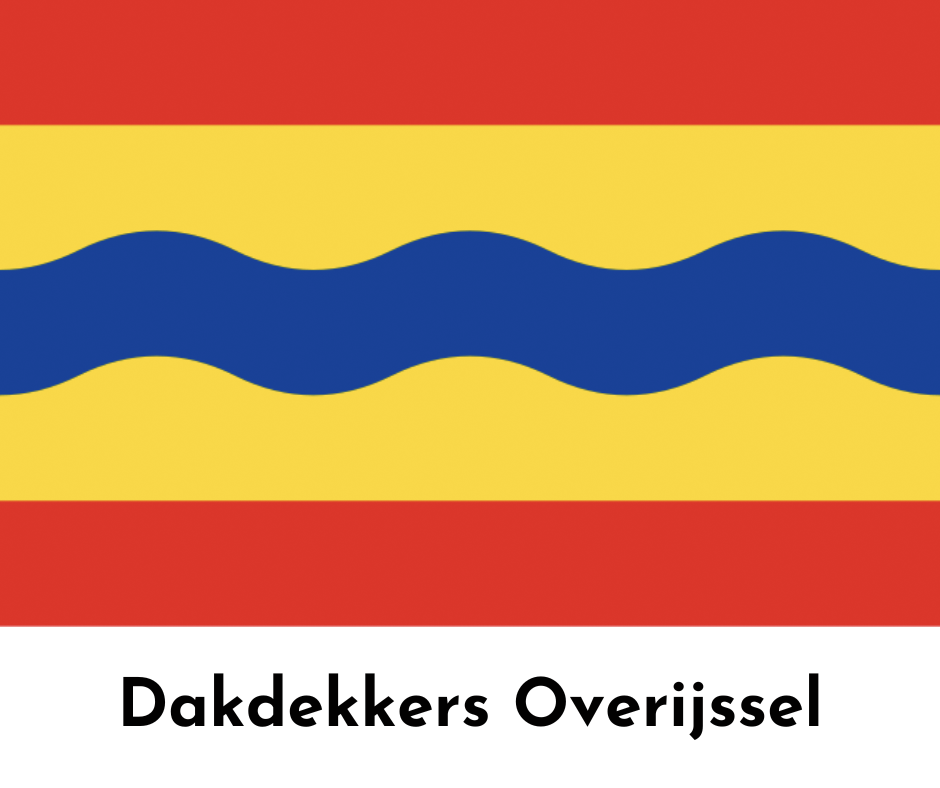Introduction
When you think of the Netherlands, what comes to mind? Windmills? Tulips? Perhaps the serene canals? But beyond these iconic symbols lies a treasure trove of architectural beauty, particularly in the realm of roofing styles. In Overijssel, a province known for its picturesque landscapes and charming villages, traditional Dutch roofing styles are not just functional; they embody history, culture, and craftsmanship. This article will take you on a journey through the various roofing styles that define Overijssel, exploring their significance and evolution over time.
Exploring Traditional Dutch Roofing Styles in Overijssel
The roofs of Overijssel tell stories—stories of resilience against harsh weather, tales woven into the fabric of Dutch heritage. The architecture here reveals a tapestry of influences from different eras, reflecting both local materials and international trends. From thatched roofs to gabled structures, each style carries its own charm and uniqueness.
A Deep Dive into Thatched Roofs
What Are Thatched Roofs?
Thatched roofs are made from dry vegetation such as straw, reeds, or rushes. These materials are layered in such a way that they create an insulating barrier, keeping homes warm during winter and cool during summer.
Historical Significance of Thatched Roofs in Overijssel
Thatched roofs date back https://ewr1.vultrobjects.com/dakdekkerlokaal/bedrijvengids/overijssel79079.html centuries in the Netherlands. Originally deemed practical for rural homes, they have transformed into symbols of rustic elegance. Many historic farms and cottages still feature this style today.
Pros and Cons of Thatched Roofing
| Pros | Cons | |----------------------------|-------------------------------| | Excellent insulation | Requires regular maintenance | | Aesthetic appeal | Vulnerable to fire | | Eco-friendly materials | Short lifespan compared to tiles |
Gabled Roofs: The Classic Choice
Understanding Gabled Roof Design
A gabled roof features two sloping sides that meet at a peak. This design is prevalent across Europe due to its simplicity and effectiveness at shedding rain.
Cultural Importance of Gabled Roofs in Overijssel
Gabled roofs are often associated with urban architecture from the Golden Age of Dutch art. You can spot them on many historic buildings in cities like Zwolle or Deventer.
Hipped Roofs: A Blend of Functionality and Style
What Makes Hipped Roofs Unique?
Unlike gabled roofs, hipped roofs slope down on all roofing business directories four sides. This design provides better stability against wind and is often seen on larger buildings.
Why Opt for Hipped Roofing in Overijssel?
Hipped roofs offer more living space within the attic while maintaining aesthetic harmony with surrounding structures.
Saddle Roofs: Practical Yet Beautiful
Characteristics of Saddle Roofs
Saddle roofs consist of two inclined planes meeting at the top but have a slight curve at their apex. They're especially popular in rural areas.

Local Variations of Saddle Roofs
In Overijssel, saddle roofs might be adorned with decorative elements unique to regional culture.
Mansard Roofs: Elegance Meets Utility
Mansard roofs contain four slopes: two on each side that meet at an angle above the horizontal section. This style is not as common but is making waves due to its adaptability for loft conversions.
Exploring Modern Interpretations of Traditional Styles
As times change, so do roofing styles. Contemporary architects are blending traditional forms with modern materials like metal or synthetic tiles while retaining cultural essence.
Roofing Materials Used in Overijssel
- Thatch: Natural insulation but requires careful maintenance. Clay Tiles: Durable and weather-resistant. Wood Shingles: Offer rustic charm but may need treatment against insects. Slate: Highly durable but comes with a higher price tag.
Climate Impact on Roofing Choices in Overijssel
Overijssel's climate is characterized by moderate rainfall and seasonal temperature variations. As such, homeowners must consider durability when selecting roofing materials:
- During rainy months, effective drainage systems prevent water accumulation. Insulation is crucial during cold winters.
Preserving Traditional Roofing Techniques
The Role of Craftsmanship in Preservation
Artisans play an essential role in maintaining these traditional roofing styles. Their skills ensure that authentic techniques are passed from generation to generation.
Challenges Faced by Craftsmen Today
Modernization poses challenges as fewer young individuals opt for trades like roofing. However, initiatives aimed at preserving these techniques are gaining traction among communities.
FAQs About Traditional Dutch Roofing Styles
What types of roofing materials are most common in Overijssel?- The most common materials include thatch, clay tiles, wood shingles, and slate due to their durability and aesthetic appeal.
- A well-maintained thatched roof can last between 20-40 years depending on environmental conditions and maintenance practices.
- Yes! Local heritage conservation laws may dictate specific guidelines regarding restoration or new constructions using traditional designs.
- Absolutely! Modern materials like synthetic tiles can mimic traditional styles without compromising durability or function.
- Maintenance costs vary based on material choice; however, natural options like thatch may require more frequent upkeep than others.
- Factors include local climate conditions, aesthetics aligned with neighborhood standards, material longevity, and budget constraints.
Conclusion: Embracing Tradition While Looking Ahead
Exploring Traditional Dutch Roofing Styles in Overijssel opens up avenues not just for historical appreciation but also for modern applications that respect these legacies while adapting them for contemporary use. As we navigate through evolving architectural trends influenced by sustainability concerns and technological advancements—it’s vital we keep one foot firmly planted within our rich history while stepping confidently into the future!
Traditional roofing styles are more than mere coverings above our heads; they’re reflections of who we are as communities shaped by history—an enduring connection between past generations & those yet unborn! So let’s cherish & preserve this craftsmanship—after all—every tile tells its story!